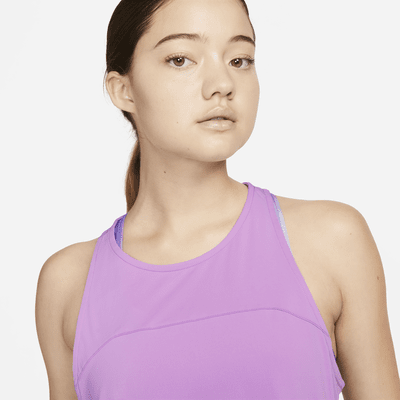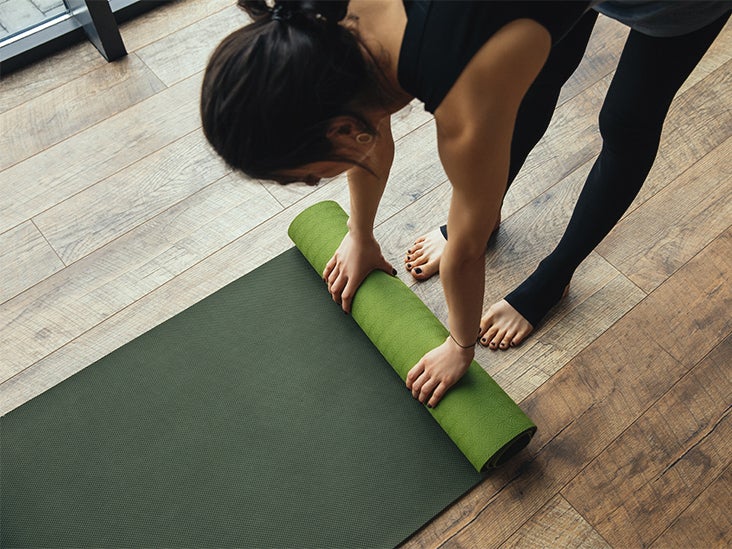

Twelve years ago, I began teaching adaptive yoga and created the non-profit Yoga Moves MS. Intuitively, I knew there must be a better way to live a quality life. As a child, I witnessed my mother’s struggle with MS, and saw her physical and cognitive capabilities decline at the whim of the disease. I chose to dedicate my life’s work to helping individuals with MS and neuromuscular conditions to live their lives to the fullest. I want to spread the word on the fantastic benefits of adaptive yoga to this underserved community, and share these studies with you. I have seen how yoga provides a healing path for my students. Approximately 50 percent of patients with MS experience depression, which is three times the prevalence of the general population (3). Individuals with MS experience a wide range of psychological symptoms, including anxiety, depression, fatigue, and anger. It is no wonder that two recent studies on yoga and multiple sclerosis (MS) confirm that yoga uplifts one’s mood (1, 2). Research Shows Benefits of Yoga for Multiple Sclerosis Learn about customized yoga therapy consultations at UH Connor Integrative Health Network.As yoga instructors, we have often seen a student’s peaceful smile after practice, but to experience the exhilaration felt by my Yoga Moves MS students is truly inspiring. The practice of yoga can offer many health benefits, such as reduced stress, increased fitness and management of chronic conditions. “Afterward, it feels so good to have stretched.” Related Links “They get to leave their desks, to move and really breathe,” she says. Easa teaches, the room is darkened a bit, and soothing soft music enhances the feeling of being away from it all. Many people spend their working days seated, and on the phone.

You will be able to move more freely because the chair gives you more room to extend your body.You don’t have to be able to get on the floor – the chair brings the “floor” up to you.Here are five ways a chair can change or rev up your yoga practice: 5 Ways Chair Yoga Can Rev Up Your Practice For example, if you haven’t achieved a backbend yet in your yoga practice, you can move toward it by bending your back over the seat of a chair. The great thing about chair yoga is that anyone can do it, even with conditions such as arthritis or knee injuries, she says.Īnyone who does chair yoga will be amazed at the range of movement they experience – you can bend more deeply with the additional balance you get from standing next to or holding the back of a chair, Ms. You can also do cow and cat poses easily in a chair, or even seated pigeon pose and spinal twists, she says. Some of the basic yoga moves you can do are stretches for the neck and shoulder. First, just sit and breathe deeply for a few minutes to become present and calm, Ms. If you want to try chair yoga at home, YouTube videos can provide guidance. It’s a very good idea to use a chair that does not have wheels, though if it does, you can often keep the chair from moving by putting it onto a yoga mat, she says. “You can make chair yoga as easy or as hard as you like.” “Anything you can do on a mat, you can adapt to a chair,” Ms. It’s best to use a chair with no arms, as it allows for more of a variety of poses, says Sheila Easa, yoga teacher and program coordinator for University Hospitals Connor Integrative Health Network. You might stand behind the chair, sit on it, or hold on to its legs, to mention just a few possibilities, depending on the pose.Ĭhair yoga can be an option at nearly every yoga class, Ms.

Googling "advanced chair yoga" poses will show you just how far you can go.īoth types show that until you’ve spent some time doing chair yoga, you have no idea how satisfying it can be – not to mention how quickly it reduces stress and helps your balance.Ĭhair yoga means doing yoga with the help of a chair – for balance, perhaps – or using a chair as a prop, to do more advanced or deeper poses than you otherwise could. The second is that chair yoga can take you further along the path to highly-advanced poses. The first – probably the best-known - is that it can be a easy, non-intimidating way to get into yoga if you are de-conditioned or have some physical limitations, or to maintain your regular yoga practice after an injury or surgery.


 0 kommentar(er)
0 kommentar(er)
